To celebrate International Women’s Day we have compiled a list of extraordinary female photographers who have taken the lives and experiences of women as the guiding focus of their photographic work.
Some women in this list are famous the world over, others are emerging talents – but all of them embrace and dedicate their work to the amazing stories brought forth by the female perspective.
Cindy Sherman
Cindy Sherman is an American artist who plays with the construct of identity alongside visual culture and traditional visuals of the arts. When she was 23, she started Untitled Film Stills (1977-80) where she photographed herself in various settings and costumes to resemble scenes from 20th movies. Featuring only female characters, she uses cinematic conventions in the photographs. This series is her best known and has become a jumping-off point for discussions on feminism, representation, and how women are seen in the media. Many of her images respond to mass media – using images from advertising, film, television and magazine as inspiration for her art. In Sherman’s photographs, she is not only the photographer but also the subject, the director, the makeup artist, stylist and the hairdresser. She is still an active artist today and continues to dress up and create self-portraits to examine women’s roles in society and history.
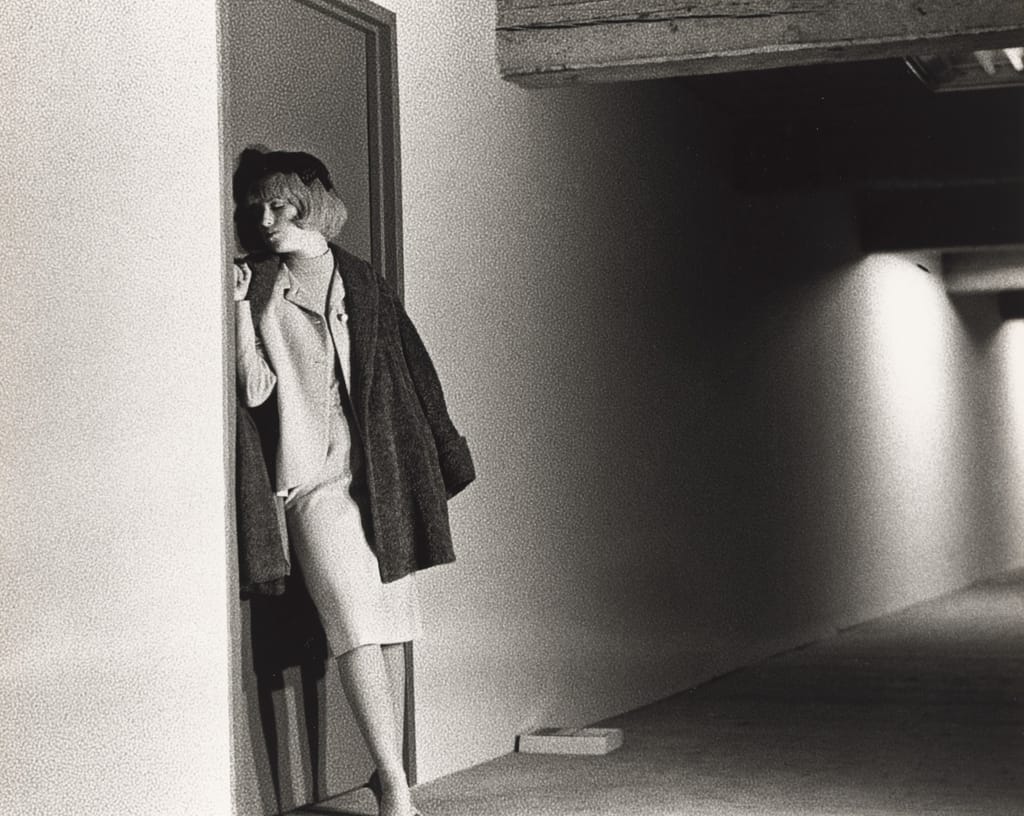
Annie Leibovitz
Annie Leibovitz is an American photographer known for her intimate and quirky celebrity portraits. In 1970, she began work as a commercial photographer at Rolling Stone Magazine where she became the first woman to be named chief photographer there. During her time at the magazine, she took her most famous photo featuring Yoko Ono and John Lennon – hours before his death. From Rolling Stone, she moved on to Vanity Fair where she was the resident rock music photographer and developed a large body of work. Leibovitz was the first woman to have a solo exhibition at the National Portrait Gallery in Washington DC in 1991.
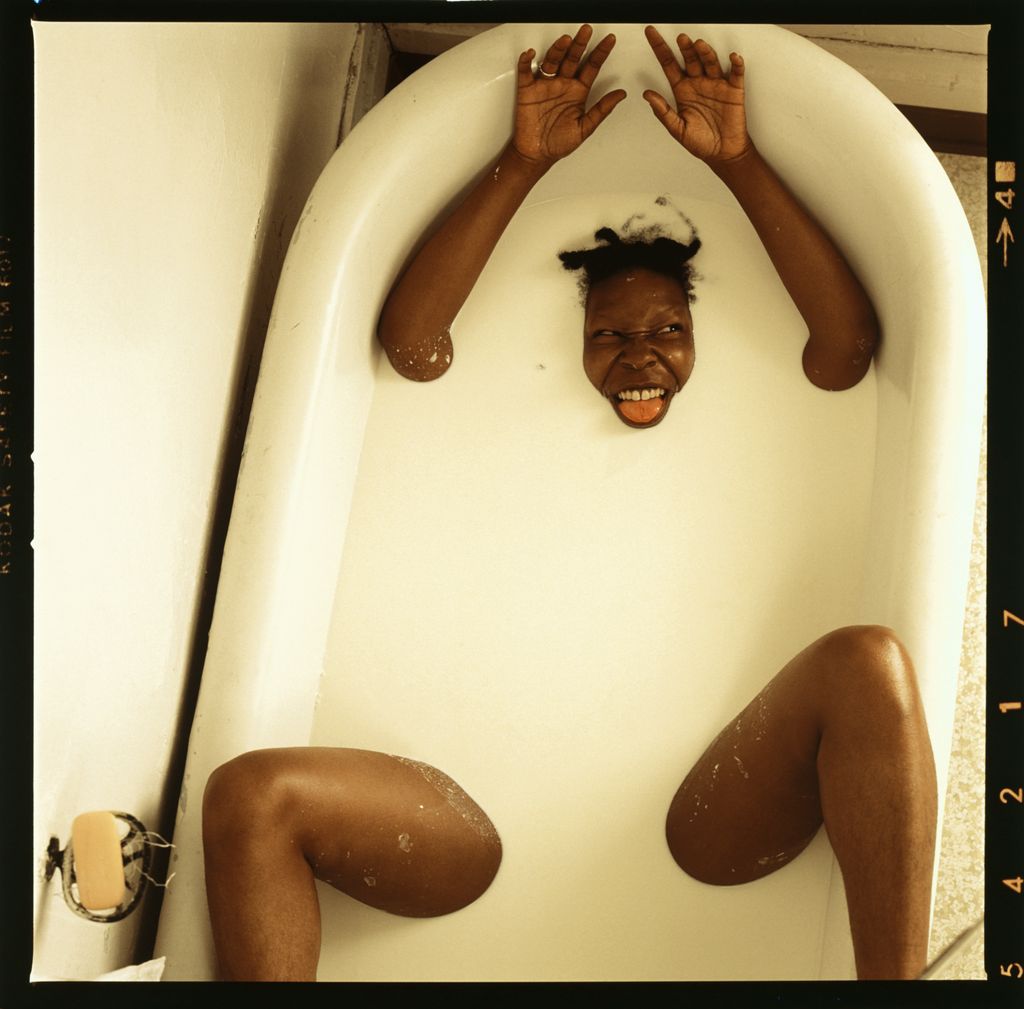
Ana Mendieta
Ana Mendieta was a Cuban-American sculptor, painter, performance artist, video artist, and photographer. Born in Cuba, Mendieta moved to Iowa at 12 after the Cuban revolution. As a graduate student at the University of Iowa, she began the interdisciplinary work for which she is known for today. Her early performance art deals with violence against women. She often used her body as the subject and object of her work causing herself distress or interacting with the natural landscape. Mendieta described her work as “earth-body” because she would use the silhouette of her body in different landscapes and incorporate natural materials like blood, dirt, fire, and water to address absence, presence, and interaction with the natural changes of seasons.
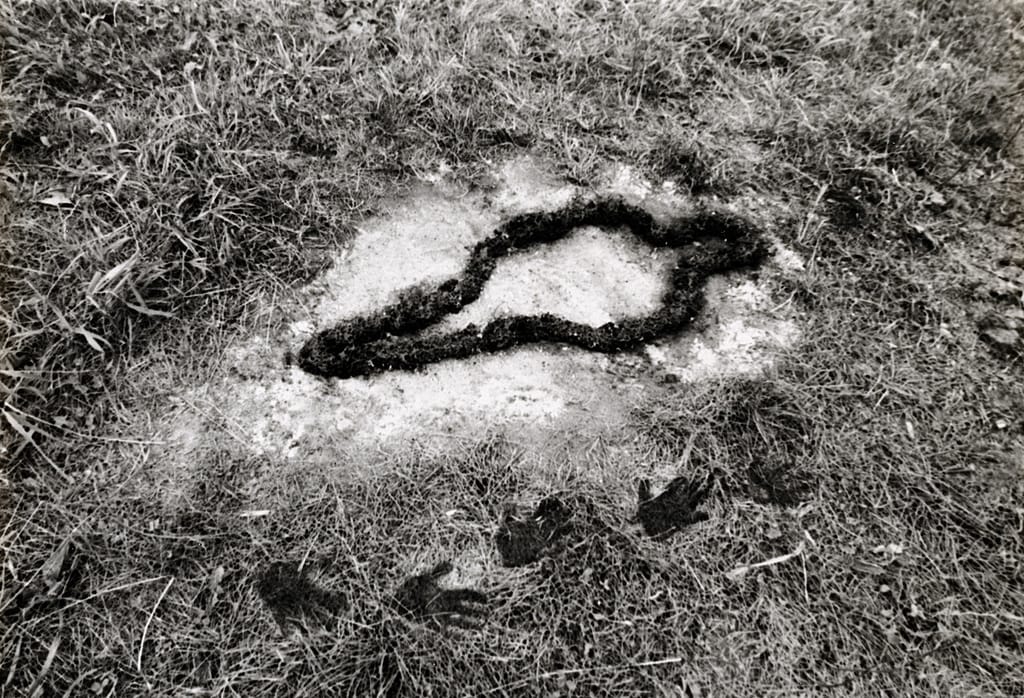
Mikaela Martin
Originally from Australia, Mikaela Martin is now living and taking photographs in Florida, USA. Her new series Good Lord, leave your mother alone, exemplifies Mikaela’s ability to capture the raw vulnerability of motherhood. As she explains;
“My daughters and I meet on a battlefield between love and resentment. The last two years – when a room of one’s own has never felt possible – have tested and deepened many familial relationships.
I used to hold the naïve notion that I’d be a ‘natural’ mother. I never expected to lose myself and my patience to motherhood or for the ‘maternal’ to taste so sour at times. It didn’t take long to feel like I was failing us.
Through photography, something I have been begging to do ‘alone’, I gained a means to understand and move through this experience. I led myself away from resentment towards love, expansion and wonder.”
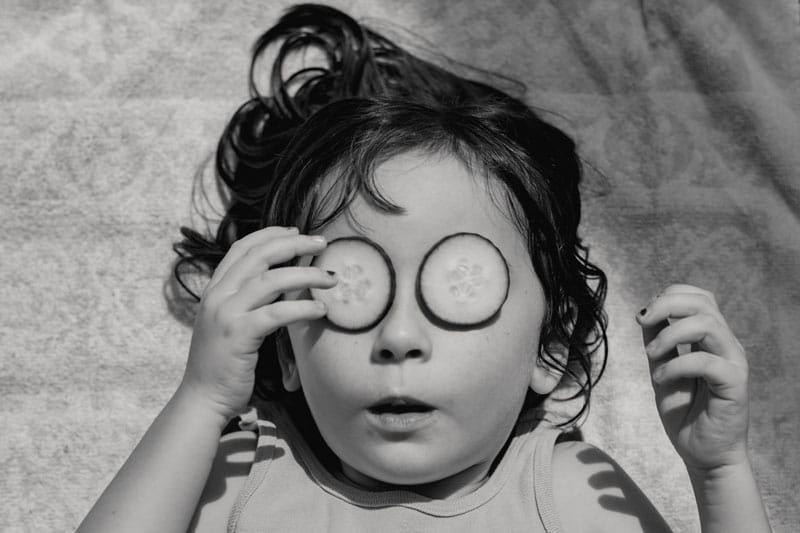
Rachel Portesi
Vermont-based photographer Rachel Portesi unpacks how the experience of womanhood is grounded in our bodies, and how we express our identity as women through our bodies and attributes – like our hair. Portesi’s tintypes evoke sensuality, femininity and beauty while still rejecting the male gaze.
She explains about her series Hair Portraits;
“I reached a point in my life when all the things I knew to be true – the entire structure, the scaffolding of my life seemed to disappear. I felt something was lost. I was no longer the same person I was when I entered motherhood. With children growing up and needing less, the person I was seemed irrelevant and out of place.
Victorian-era mourners often used hair tresses to make mementoes, art, and sculptures. The custom of keeping a lock of a child’s hair, or one’s own shorn locks as a memento, is a remnant from this time.
I use hair to honour and say goodbye to past parts of myself. These images address fertility, sexuality, creativity, nurturing, harmony, and discord. Above all, these images of elaborate hair sculptures constructed in the studio – are a testament to change, recording metamorphosis from a past fractured self to an integrated self-realised woman.”
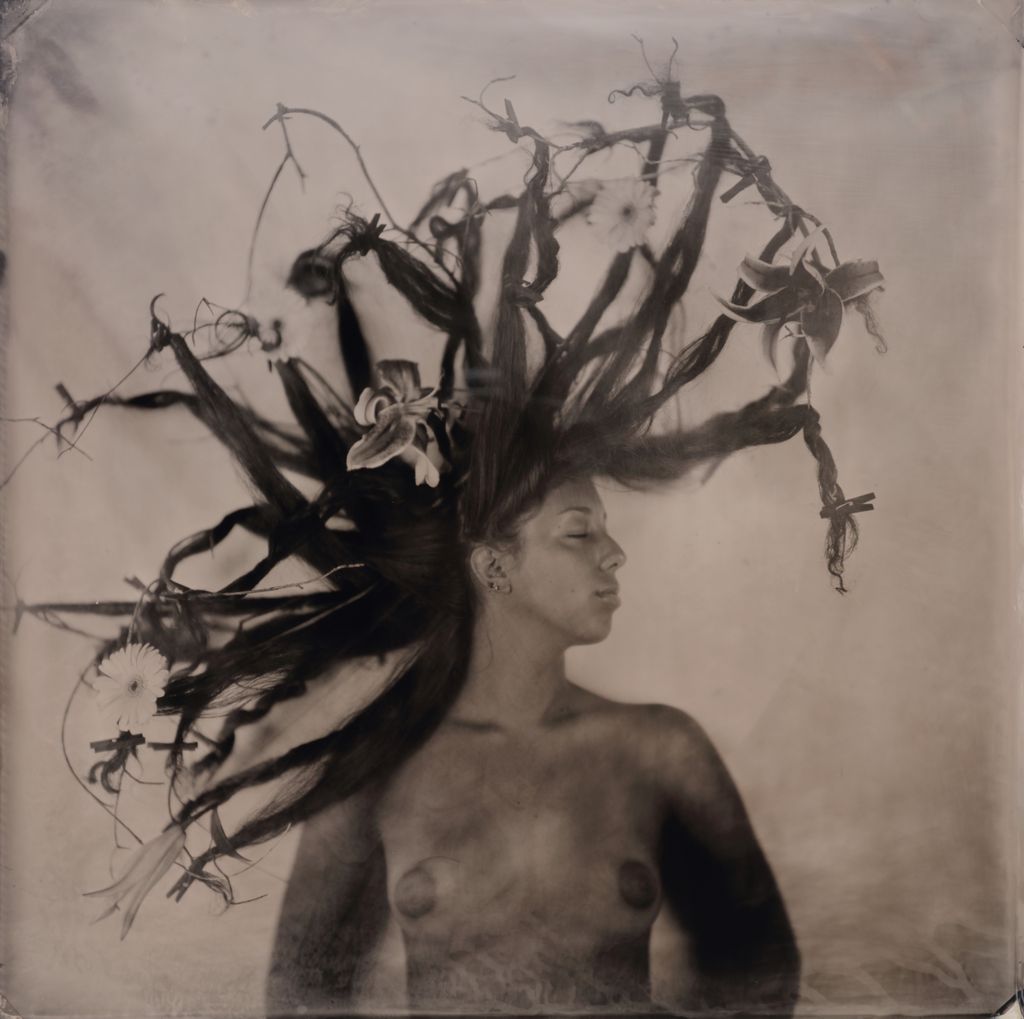
Lisa Murray
Lisa Murray is an award-winning lens-based artist living and practising on Wurundjeri Land in Naarm (Melbourne).
Inspired by her background in Early Childhood Education, Lisa’s work centres around everyday life, in particular, her relationship with her children.
Through my child’s eyes chronicles the chapter of Lisa Murray’s life when she was diagnosed with stage four breast cancer just six weeks before her surrogate baby was born. New life and near-death momentarily sat side by side.
The series is composed of reworked photographs taken initially by her five-year-old son, Griffin Murray-Johnston, paired with Lisa’s current reflections of the time.
Lisa’s ability to truthfully examine her painful experience with illness that significantly effected her identity as a women, mother and wife is raw and moving.
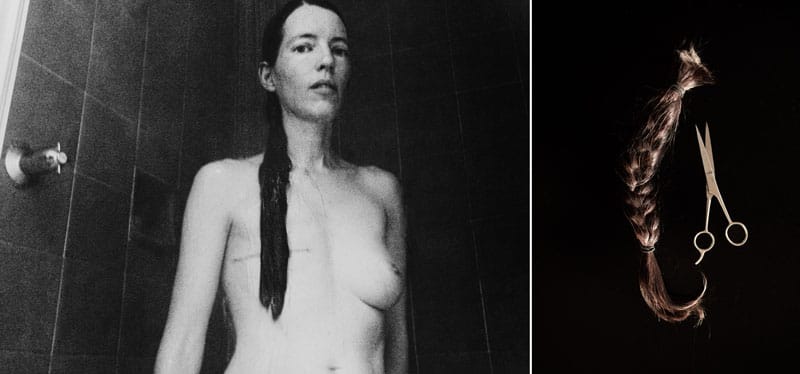
Tracey Moffatt
Tracey Moffatt is an Australian Aboriginal filmmaker and photographer who has had over 100 solo exhibitions worldwide. Her work combines pain and humour with storytelling which has a narrative non-linear approach in both her photography and film. This leaves the viewer wondering exactly what is going on. Moffatt explores themes of desire, history, collective memory, structures of power, popular culture, and the way Australian Aboriginal people are seen in cultural and social terms. Her most famous series Scarred for Life (1994), addresses suburban life and how ‘everyone has a tragic tale to tell.’ In 2017, Moffatt represented Australia at the 57th Venice Biennale.

Lalla Essaydi
Born in a traditional Muslim household in Morocco, Lalla Essaydi raised her family in Saudi Arabia before moving to France and eventually the United States where she now lives. Her work explores Islamic calligraphy, art, and architecture, the female body, art history, politics, public and private space and her own personal experiences. Essaydi’s photographs often combine Orientalist imagery from Western paintings to address the complexities of being a woman from an Arab background. She uses a diverse range of mediums such as photography, paintings, installation, and film.
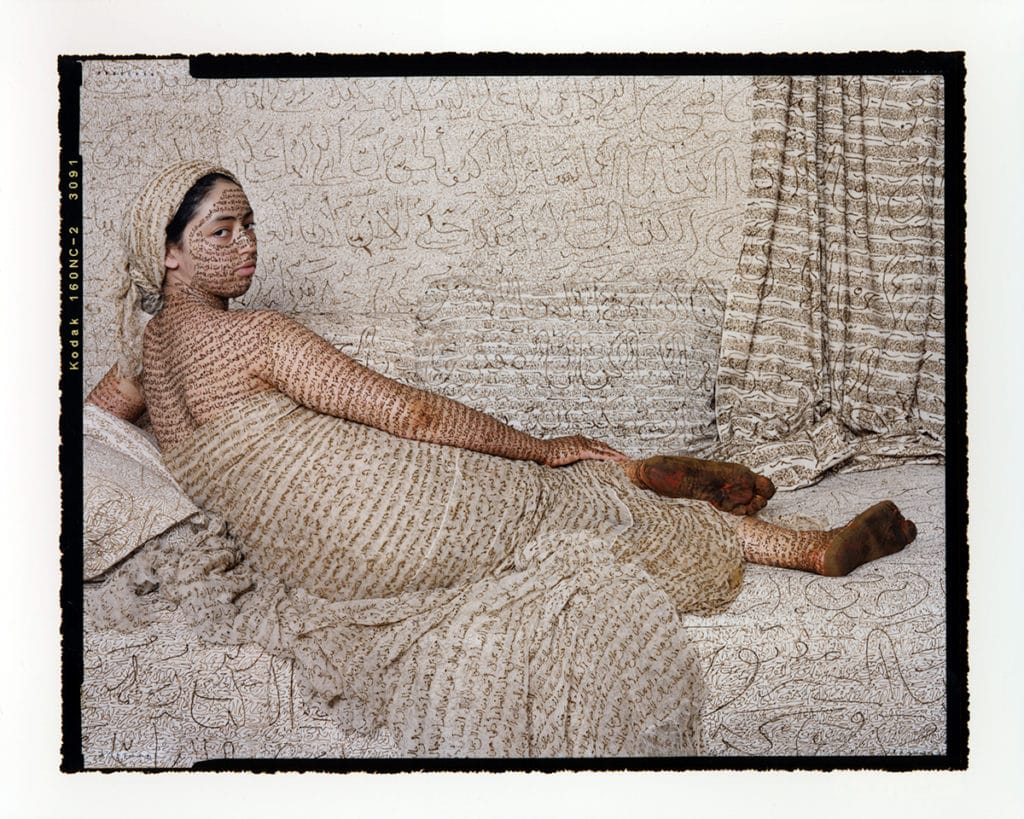
Sujata Setia
A decade ago Sujata Setia moved from a small town in India to the UK. Photography became a way for Sujata to navigate the cultural differences she began experiencing especially when it came to gender and appearance. Her series Changing the conversation is an attempt to expand the definitions of beauty, strength and sensuality.
She explains;
“My 8-year-old daughter returned from school one day and asked me if she was beautiful.
As a girl, who grew up in a patriarchal society back in a small town in India, I have battled all my life with the constructs of beautiful or ugly; boy or girl; normal or abnormal, rich or poor, pink or blue.
For me, this world has always been divided into binaries, and I noticed my daughter started to develop a similar worldview.
And so, I started this series as an effort to work toward the expansion of humanity. A world without exceptions. A world that moves away from binaries. It is an ongoing series.”
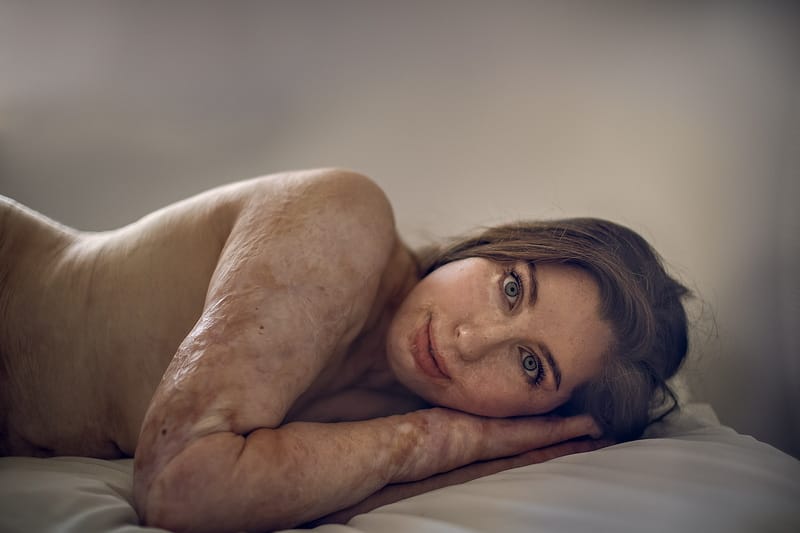
Ramak Bamzar
Born in Iran, Australian photographer Ramak Bamzar examines her relationship with femininity, religion, culture and self-perception.
Her work explores the impact and origins of masculine control through the male gaze over Iranian women across history. Through counterpoint and juxtaposition, Ramak studies how women under these conditions alter, re-form and re-assess the perception of their bodies, Like in her ground breaking series Moustachioed Women and Rhinoplastic Girls.
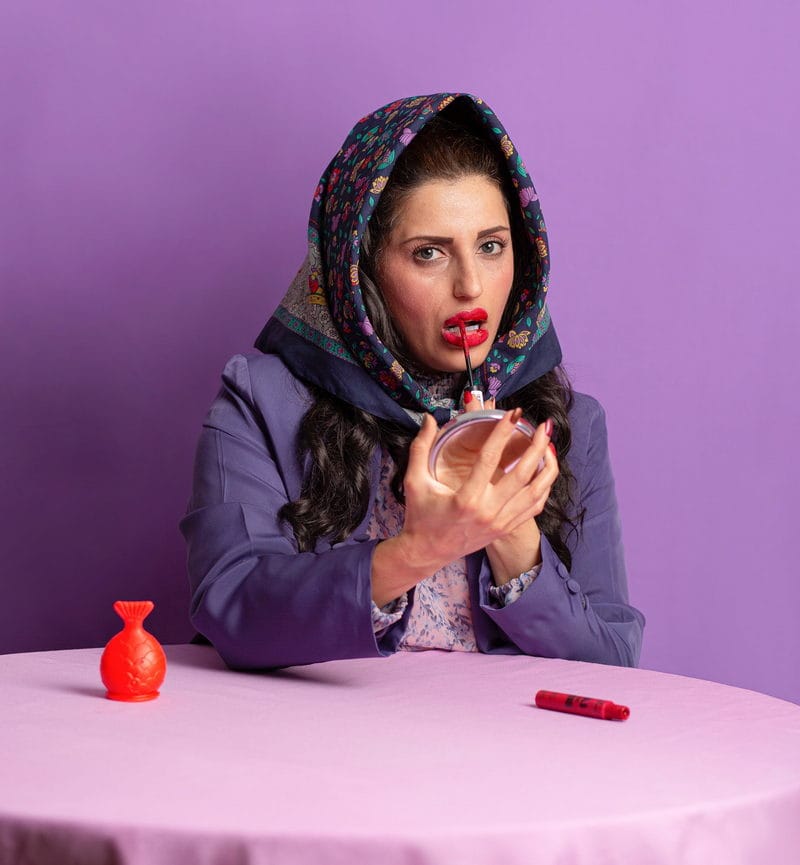
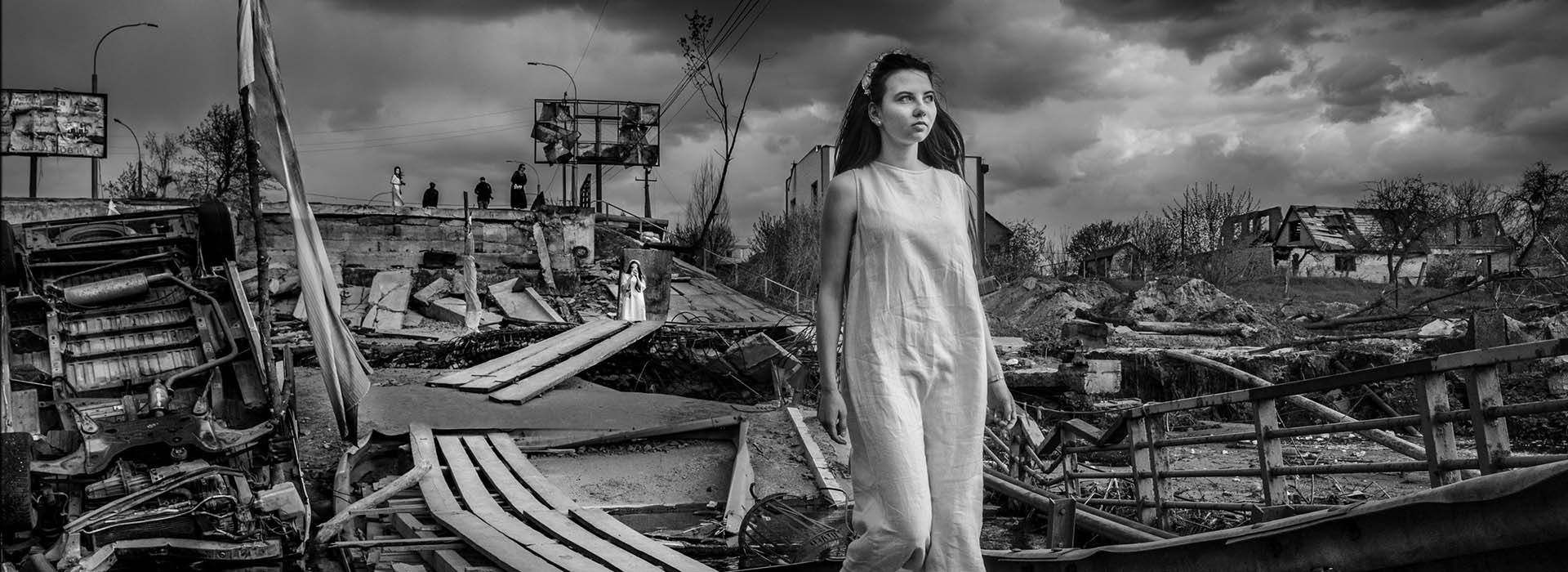










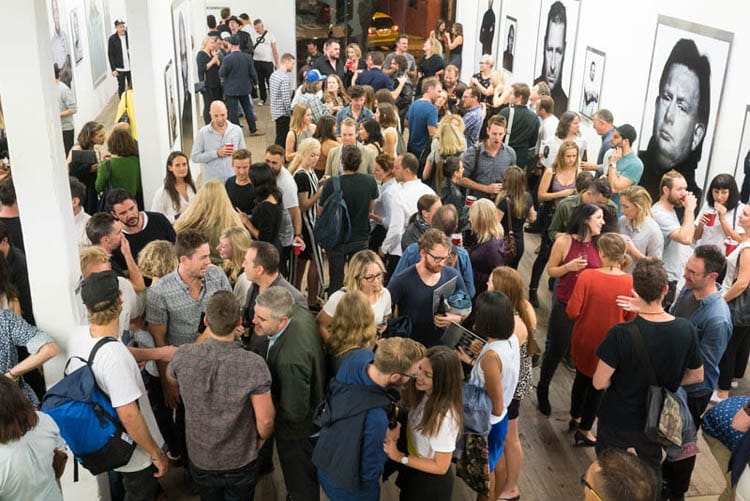
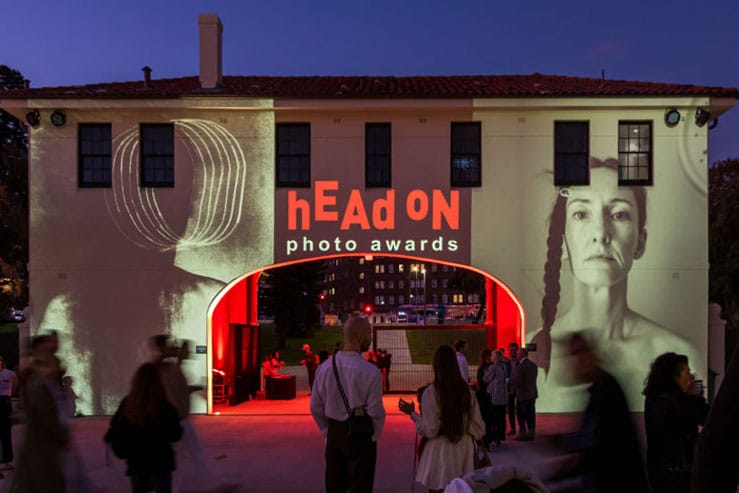
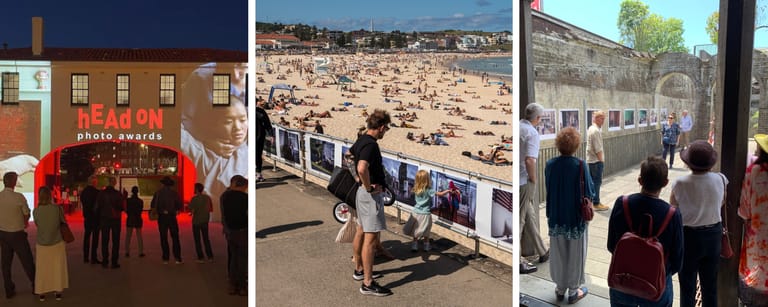
0 Comments